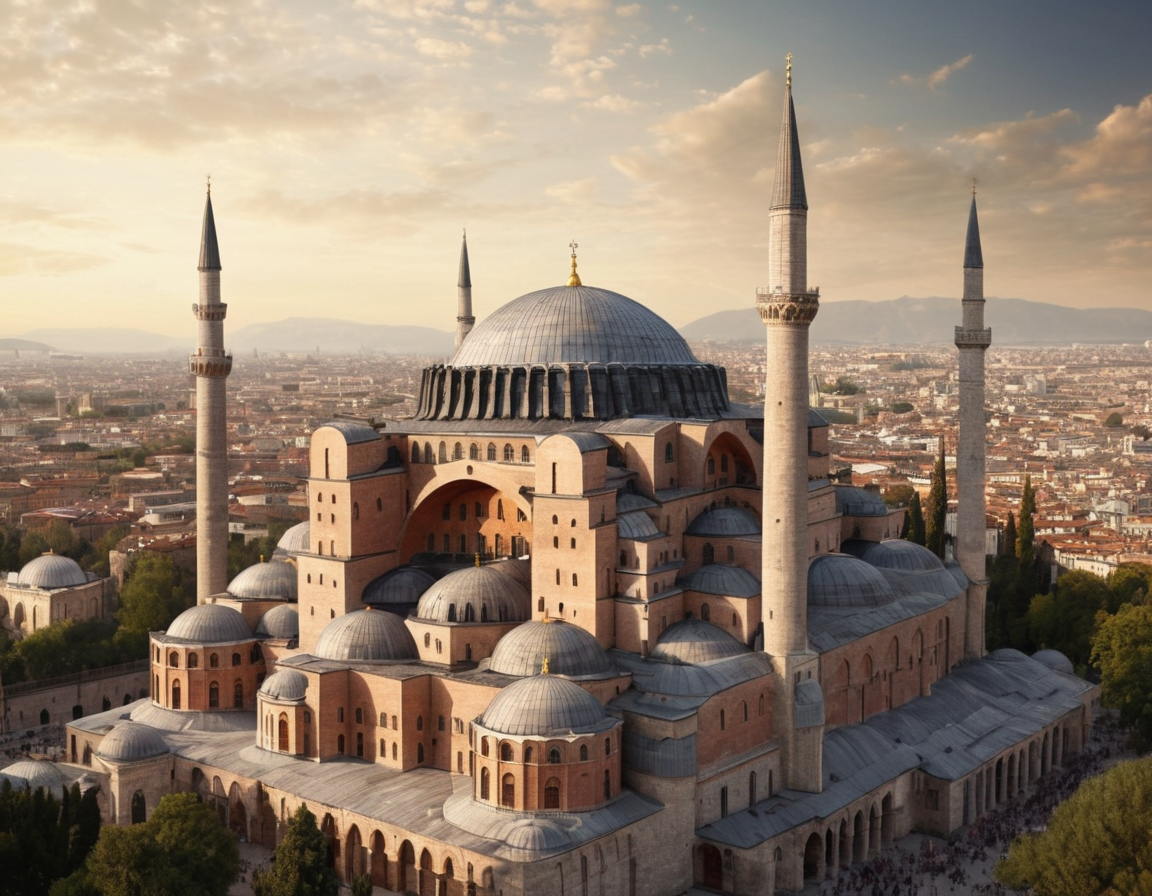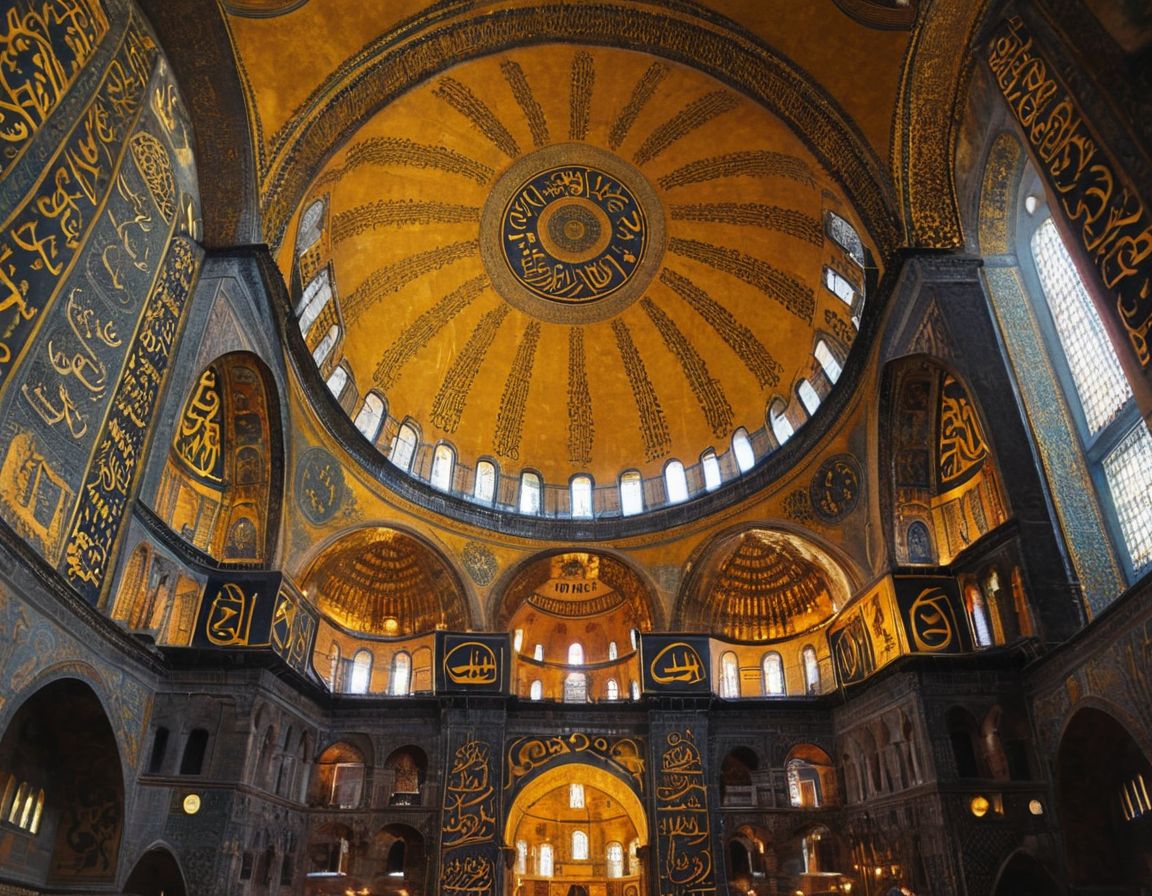Unveiling the Wonders of the Hagia Sophia: A Journey Through History
Discover the Hagia Sophia: An Architectural Masterpiece
Standing as a testament to architectural brilliance and historical resilience, the Hagia Sophia has captured the imaginations of historians, architects, and travelers alike. Situated in the heart of Istanbul, Turkey, this iconic structure has served as a cathedral, mosque, and now a museum, echoing the intricate history of the empires that once ruled. In this blog post, we’ll delve into the rich past, stunning architecture, and lasting legacy of the Hagia Sophia, providing readers with a summary of its remarkable Wikipedia article.

The Architectural Grandeur of Hagia Sophia
Commissioned by the Byzantine Emperor Justinian I, the Hagia Sophia was constructed between 532 and 537 CE. Its revolutionary design, featuring a massive central dome, was a bold departure from previous churches, which were typically designed with a long nave. The dome’s innovative support system, using pendentives and semi-domes, allowed it to soar to new heights and become one of the world’s largest enclosed spaces of its time.

The Hagia Sophia’s Religious Significance
Originally the Great Church of Christ, its religious significance spanned both Christianity and Islam. When Constantinople fell to the Ottomans in 1453, the Hagia Sophia was converted into a mosque, with minarets and Islamic features added to the structure. After centuries of religious transformation, the Hagia Sophia was secularized and opened as a museum in 1935, under the orders of Mustafa Kemal Atatürk, the founder of modern Turkey.

Artistic Treasures Within
The interior of the Hagia Sophia is a treasure trove of artistic wonders, from its glittering mosaics to the grand calligraphic panels. Its vast space is adorned with precious materials and intricate designs that narrate stories across different epochs. The highlight of its artistic offerings is the stunning combination of Christian iconography and Islamic calligraphy, showcasing the crossover of cultures and religions.

Preserving a World Heritage Site
In 1985, the Hagia Sophia was designated a UNESCO World Heritage Site, acknowledging its outstanding universal value. Preservation efforts continue to maintain its structure and artistic works, despite challenges such as earthquakes and pollution. Its complex history and architectural marvel make it a cornerstone of world heritage and a source of inspiration for people globally.
In closing, the Hagia Sophia is not just an impressive edifice of bricks and mortar; it symbolizes the confluence of history, religion, and culture. Its walls echo tales of empires, conquests, and faiths, standing as a reminder of our shared human heritage. By summarizing its Wikipedia article, we’ve journeyed briefly through its long-standing history and invite you to explore its wonders in person or through further reading.
Visit and Be Inspired
If you’re ever in Istanbul, a visit to the Hagia Sophia is a must. Its magnificence and historical significance offer a unique experience that transcends time. To those who seek knowledge, may this post inspire you to dive deeper into the past and cherish the lessons it holds for our future.
Stay curious and keep exploring the miracles of human ingenuity and the historical treasures that surround us. Share your thoughts in the comments below or suggest another wonder of the world you’d like us to feature next!
Join the Conversation
We’d love to hear your voice. If the Hagia Sophia fascinates you or if you have suggestions for our next topic, drop a comment below. Your engagement helps shape our community and the stories we tell. Share this post with friends who love history, travel, and culture, and let’s continue the conversation together.
Interested in exploring world heritage sites? Stay tuned for our upcoming posts on other awe-inspiring landmarks!






